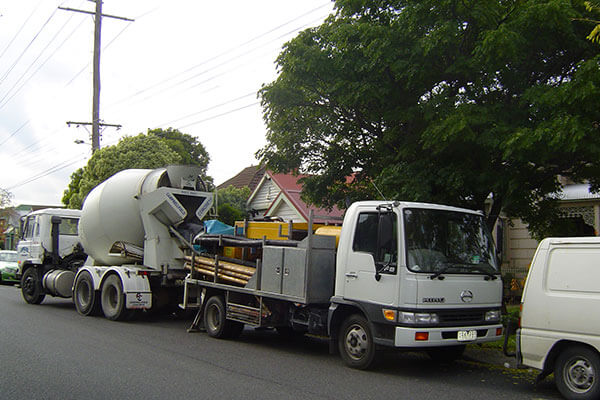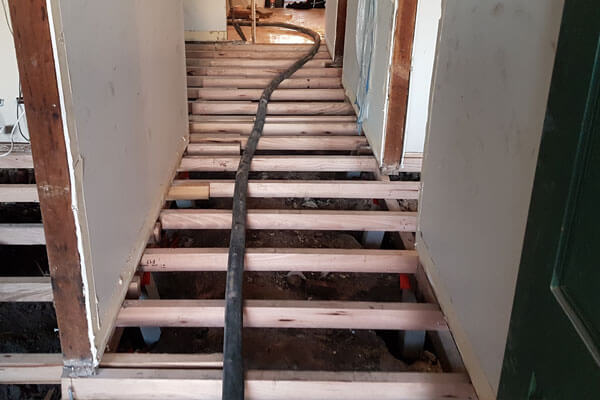House Stump Replacement
Restumping Timber House Stumps
Timber house stumps are generally used in weatherboard and timber-clad houses. Over time, these stumps may require replacement with more durable materials like concrete or galvanised steel.
The Restumping Process
Accessing Existing Timber House Stumps
We start by assessing your current timber stumps and preparing them for replacement with reinforced concrete stumps. If the underside of your house exceeds 1.5 metres, we recommend using galvanised steel stumps for added durability.
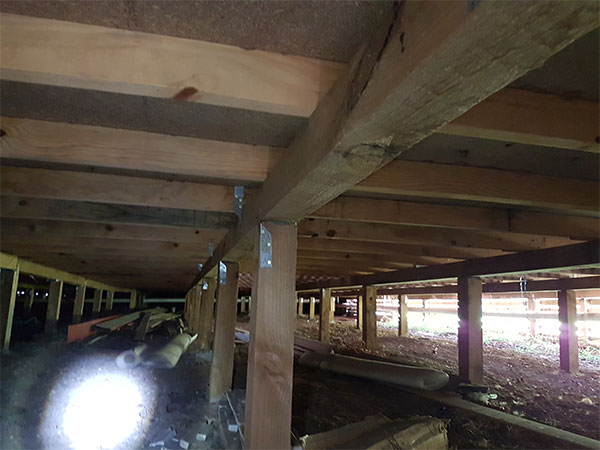
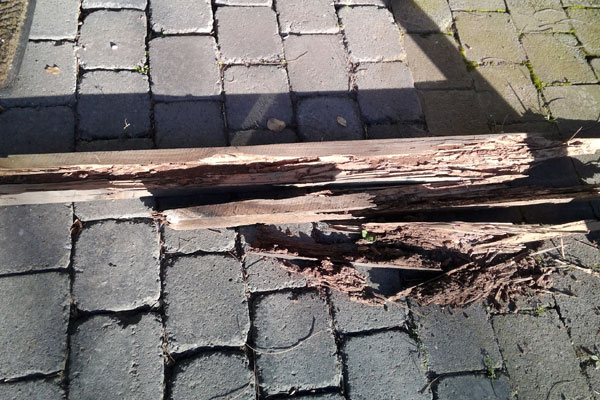
PUTTING THE HOUSE ON JACKS
As the stumps are removed, and your house is set up on hydraulic jacking equipment, we ensure that sufficient jacks are set up under the subfloor framing area. This also ensures that all Occupational Health and Safety requirements are adhered to, as it creates a safe environment for us to do our work.
INSPECTING THE SUB FLOOR FRAME AND REPLACING TIMBER
We inspect the subfloor frame and repair any damaged or rotten timber, such as bearer joists and wall plates. Quality F17 or LVL timbers are used to avoid shrinkage and maintain the house’s level.
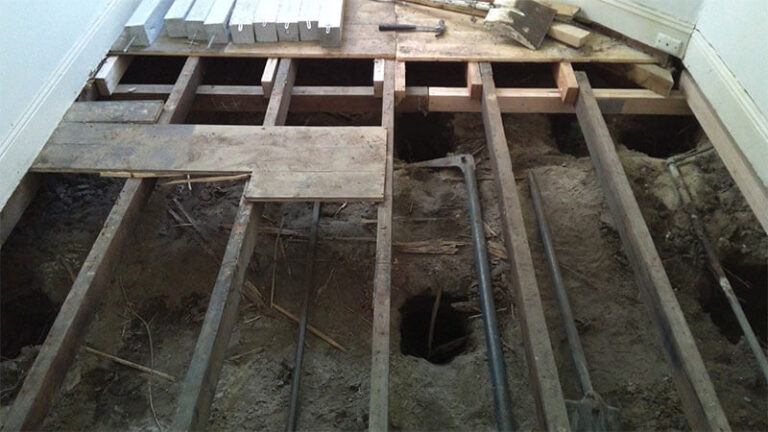
REMOVING THE timber house STUMPS & DIGGING THE HOLES
Once the timber house stumps are removed and the stump holes are all dug, we call the building surveyor to inspect the holes for the correct depth and size.
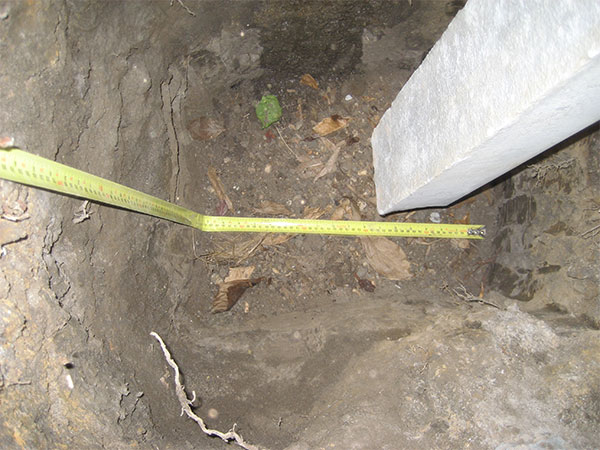
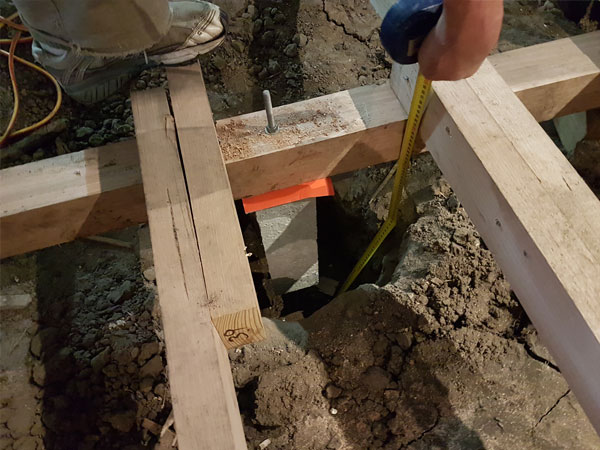
The stumps are then hung from the bearers hanging into the stump hole.
The three main types of stumps used are 75×75 Dura gal steel, the Reinforced concrete stump attached with a wire hook nailed to the side of the bearer, and the Reinforced concrete stump with a bolt protruding out the top – that one is attached by drilling a hole through the bearer and fastening it with a washer and nut on top of the bearer.
The wire-fixed stump is mostly used under walls, while the bolted or threaded stump is used under floors.
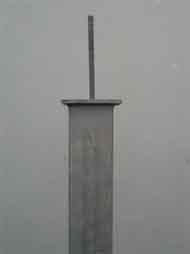
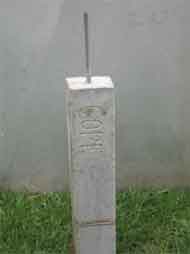
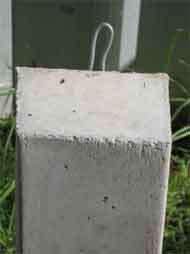
LEVELLING THE HOUSE
Prior to pouring the concrete, your house needs to be levelled.
This is done by raising or lowering the jacks carefully and evenly – which minimizes cracking.
If the house has a fireplace, it is normally the original height of the house – this is the reference point which we use as a datum, and the house is levelled out from there.
Of course, all houses are different, and there are many other factors to consider.
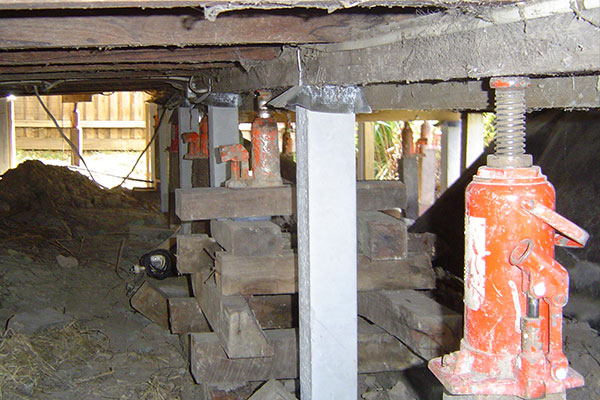
POURING THE CONCRETE
Once the house is levelled, we can then pour the concrete.
In most cases, we use a concrete pump and it is pumped into the holes under and around the stump, which forms the pad on which the house is supported. Using a concrete pump, we can leave the trucks out on the street – thus avoiding damage to driveways from the weight of the trucks.
Once the concrete is set, we can then come back and remove the supporting jacks, backfill the holes, and of course – tidy the site.
